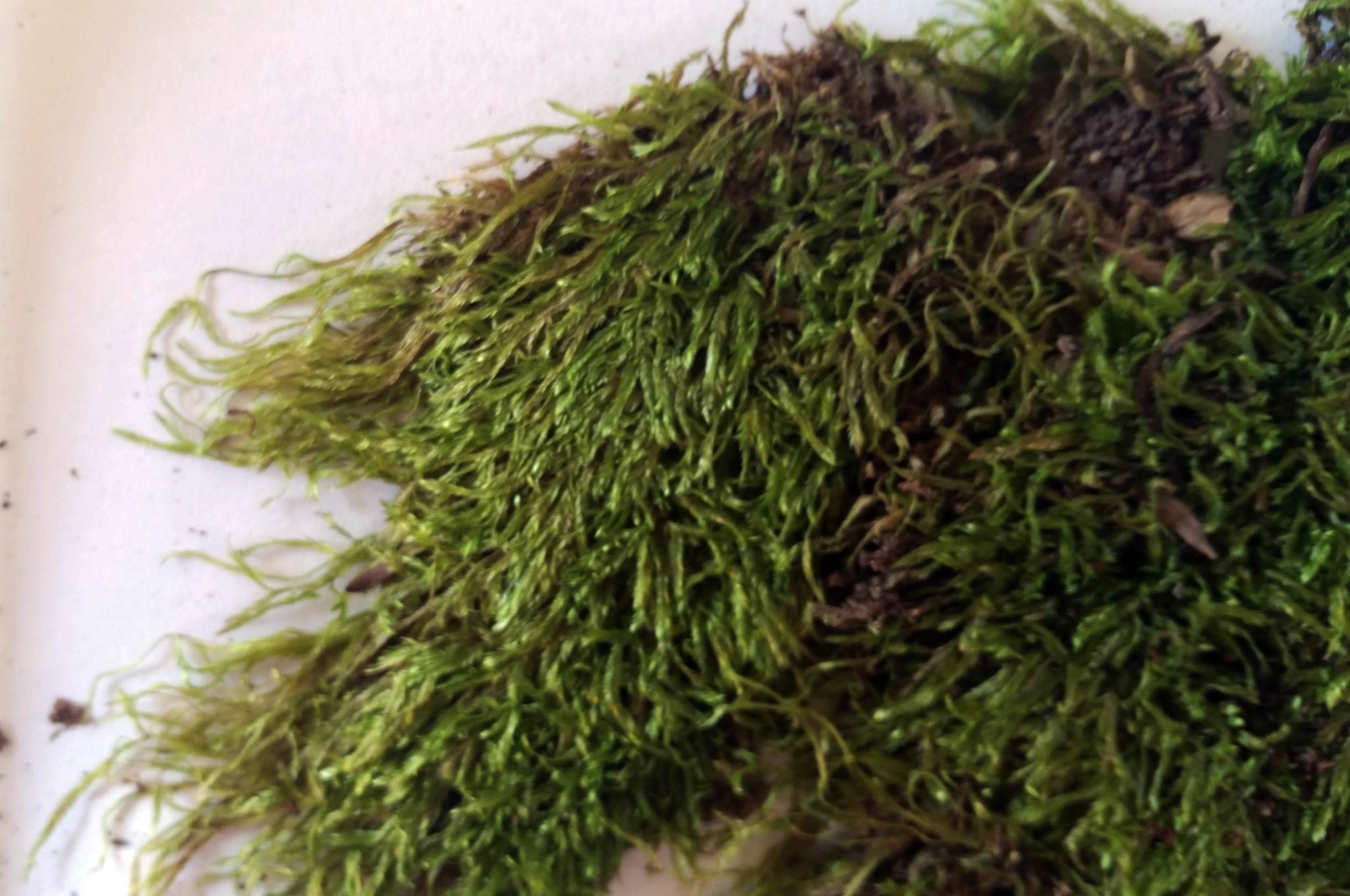
original.jpg from: https://www.gbif.org/es/species/2673552
Schlotheimia excorrugata: A Fascinating Moss of the Orthotrichaceae Family
Introduction
Today we’re diving into the wonderful world of mosses to explore a particularly interesting species: Schlotheimia excorrugata Müll.Hal. ex Cardot. This moss, also simply known as Schlotheimia, is a member of the Orthotrichaceae family. While it may be small, Schlotheimia excorrugata is mighty, playing important ecological roles. Let’s learn more about this marvelous moss!
Background on Mosses
Before we get into the specifics of Schlotheimia excorrugata, let’s review some moss basics. Mosses are non-vascular plants in the division Bryophyta. Unlike other plants, they lack true roots, stems, and leaves. Instead, they have root-like rhizoids, stem-like structures, and leaf-like phyllids. Mosses reproduce via spores rather than seeds and flowers.
There are over 12,000 moss species worldwide, found in diverse habitats from the arctic to the tropics. They play vital roles in their ecosystems, helping with moisture retention, erosion control, nutrient cycling, and providing shelter for tiny organisms.
Schlotheimia excorrugata: Morphology and Identification
Now let’s focus on our star species. Schlotheimia excorrugata is an acrocarpous moss, meaning it produces sporophytes at the tips of its stems. Its scientific name comes from:
- Schlotheimia – the genus, named after German paleontologist Ernst Friedrich von Schlotheim
- excorrugata – meaning “very wrinkled” in Latin, referring to the wrinkled, crisped leaves when dry
The phyllids (leaves) are oblong-lanceolate and often twisted when dry. They have a strong midrib extending to the apex. Cells in the upper part of the leaf are isodiametric (equal dimensions).
Sporophytes are common, with a long seta (stalk) and cylindrical capsule. Peristome teeth are in 8 pairs. Spores are spherical and papillose (covered in tiny protuberances).
Global Distribution and Habitat
Schlotheimia excorrugata has a pantropical distribution, found in tropical regions worldwide including:
- Central and South America
- Africa
- Madagascar
- Southeast Asia
- Australia
- Pacific Islands
This moss typically grows as an epiphyte on tree bark and branches in humid forests from lowlands to mountains. It is rarely found on rocks. In the right conditions, Schlotheimia excorrugata can form extensive mats on its substrate.
Ecological Roles and Adaptations
Like other mosses, Schlotheimia excorrugata plays important roles in its forest ecosystems:
- Moisture retention: Its mat-forming growth traps and holds moisture.
- Substrate for other epiphytes: The mats provide a surface for other small plants to grow on trees.
- Microhabitats: Tiny invertebrates and other organisms can live within the moss mats.
Schlotheimia excorrugata has adaptations for its epiphytic lifestyle:
- Rhizoids anchor it to bark and absorb water and nutrients from it and the air.
- Twisting leaves help it conserve moisture when dry conditions occur.
- Spore dispersal by wind allows it to colonize new tree habitats.
Conclusion
Schlotheimia excorrugata is a prime example of how mosses, though small, can be fascinating and ecologically important. From its humidity-loving nature to its wrinkly leaves, this tropical moss is marvelously adapted to its epiphytic lifestyle in the world’s rainforests.
Next time you’re in the tropics, take a close look at the trees – you may just spot some Schlotheimia excorrugata making its home on the bark! What other mighty mosses have you encountered on your adventures?